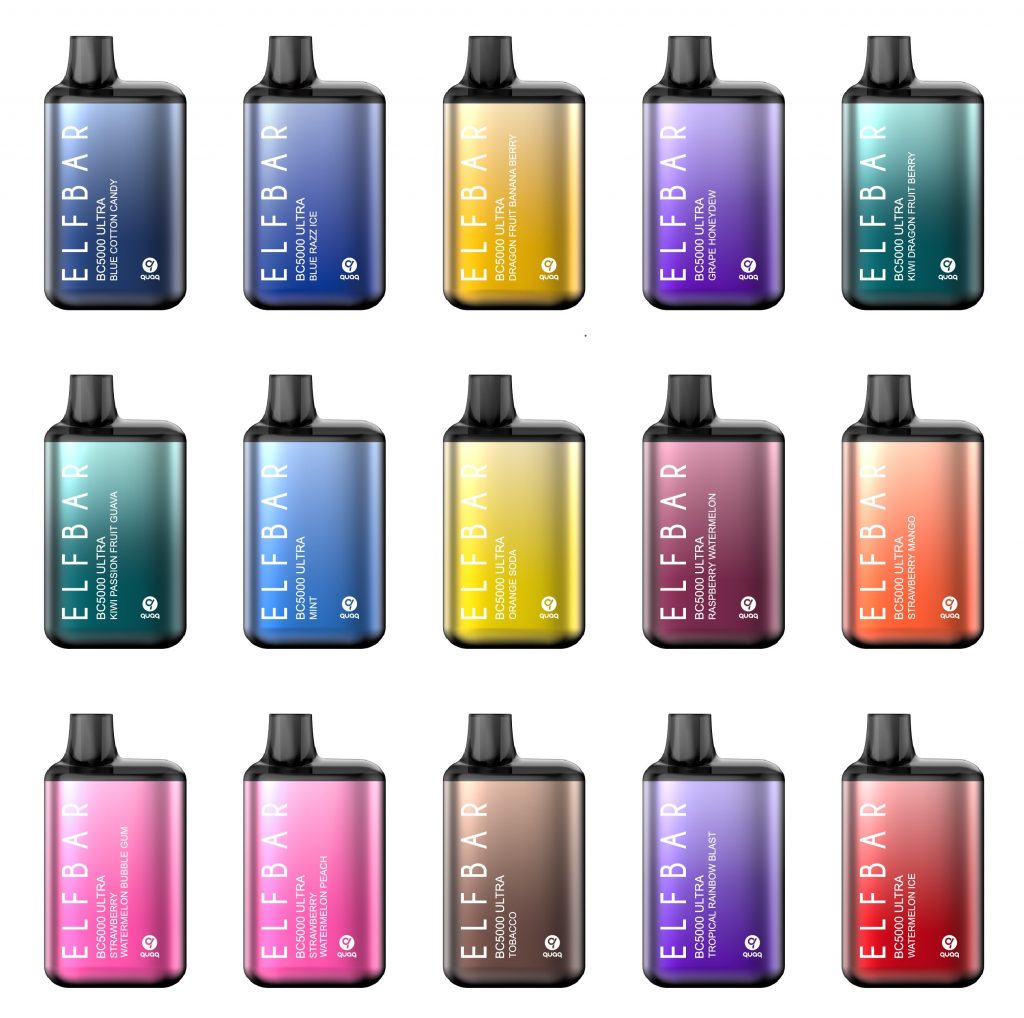If you are a gardener, you may be wondering how to reduce gasoline fumes. Fortunately, there are some simple methods that will help you. Not only will you be able to reduce your carbon footprint and protect your hearing, you’ll also be able to save hours of your time. The fume hoods available for purchase can help you achieve all of these goals.
Functions of a fume hood
A fume hood has several functions that should be understood. One is to protect workers from hazardous chemical spills and explosions. In addition, it provides a barrier between the fumes and the working surface. This barrier should be made of a solid or glass sash, which should be 18 inches above the work surface. In addition, the sash should be closed when not in use to improve air quality and reduce energy use.
Another function of a fume hood is to control the exhaust of hazardous chemicals. To ensure that fumes are properly exhausted from the hood, materials should be placed on the work surface at a level that reduces the risk of chemical exposure. For example, placing a hazardous chemical close to the work surface increases the risk of chemical exposure because fumes are not efficiently exhausting out of the hood. In addition, materials should never be placed more than half way inside the hood, since this is not the best position for fume exhaustion. The best position for materials is to be 3/4 or more inside the hood. The exhaustion of chemicals can then be performed through the back or top ductwork.
Standard Operating Configuration (SOC) limit
Fume hoods must meet specific SOC limits. The SOC is a number that relates the amount of emitted fumes to a specified level of human health hazard. This limit is established by the Standard Operating Configuration (SOC) of the hood and can be measured with an instrument called a continuous monitoring device. The measurement results are reported in a written report. It is provided to the individual responsible for the hood, to the Chemical Hygiene Officer of the department, and to the facilities staff of the lab building.

OSHA requires that the chemical safety officer develop a chemical safety plan for the company and design the fume hoods in accordance with it. The industrial hygienist becomes the gatekeeper for worker safety in the laboratory. In the case of Amoco, the industrial hygienist determines the appropriate SOC limit for fume hoods and the corporate policy. The SOC limit for Amoco fume hoods is 100 fpm.
Ventilation system components
There are various components used in ventilation systems. These components help control air flow in a building and prevent indoor air pollution. Depending on the type of ventilation system, there are several types of air conditioners. The most common are the direct expansion and the cold water types. Direct expansion air conditioners are the most energy-efficient. They use heat recovery, which transfers heat from the exhaust air to the intake air. This type of operation can recover up to 90% of the sensible heat from the exhaust air.
Ventilation system components should be maintained regularly to maintain the performance and efficiency of the ventilation system. These components may include fans, filters, controls, sensors, and building insulation. The components should be cleaned and inspected regularly to avoid the accumulation of harmful microorganisms.
Chemicals that produce fumes
Exposure to chemicals that produce fumes is dangerous to the human body. If you breathe them in, they can seriously damage the mouth, nose, lungs, trachea, and bronchi. The effects can be irreversible. Exposure to these fumes can result in serious health complications, including cancer.
Measurements used to determine performance
The performance of fume hoods can be analyzed through the use of various measurements. These measurements include airflow, lights, side panels, and hood performance indicators. In addition, fume hoods must be used with proper personal protective equipment, such as lab coat and safety glasses. Aprons and gloves are also recommended.
The face of a fume hood is the open area through which air enters it. This area is parallel to the vertical sash, the plane at which measurements are taken. The face also has an air foil at the front edge, which is aerodynamically designed to direct air into the fume hood. This feature helps in ensuring efficient containment of chemicals.
The SAMA and SEFA organizations have published protocols that describe the measurements used to evaluate fume hood performance. While these protocols are not binding and are not recognized by regulatory agencies, they are a good way to share experience with the public.